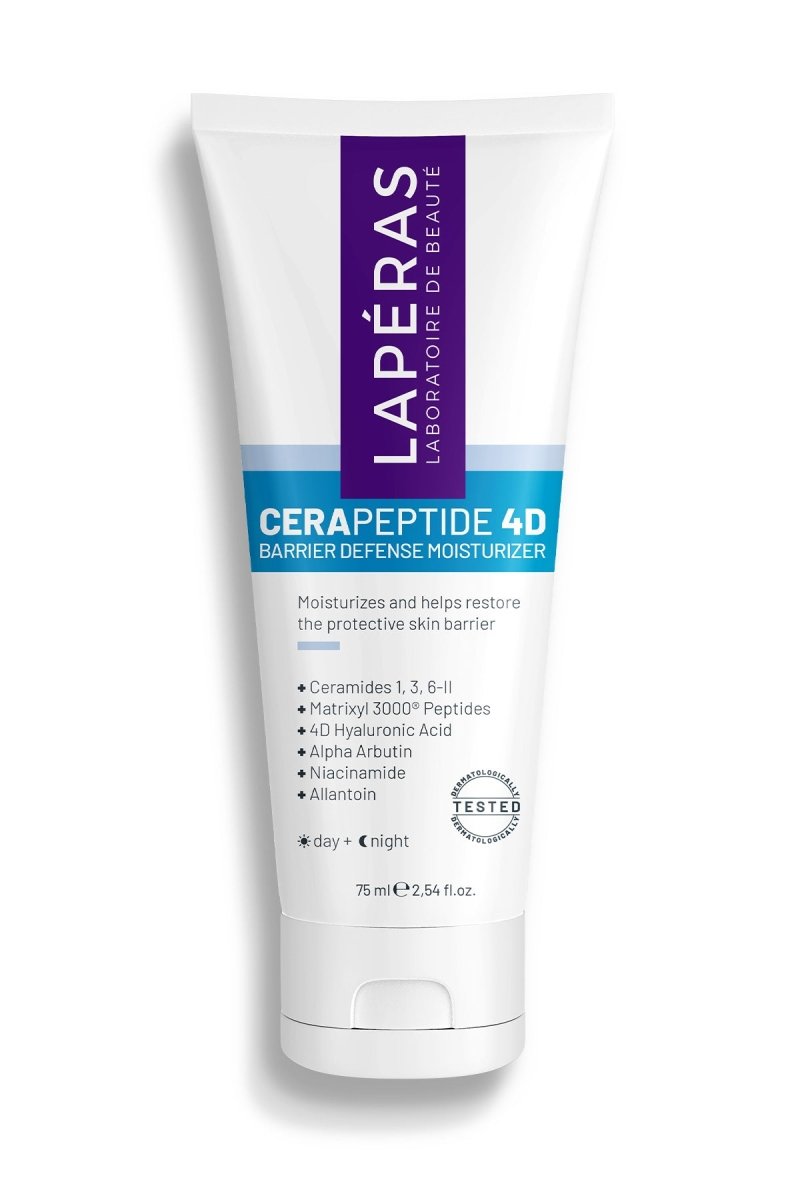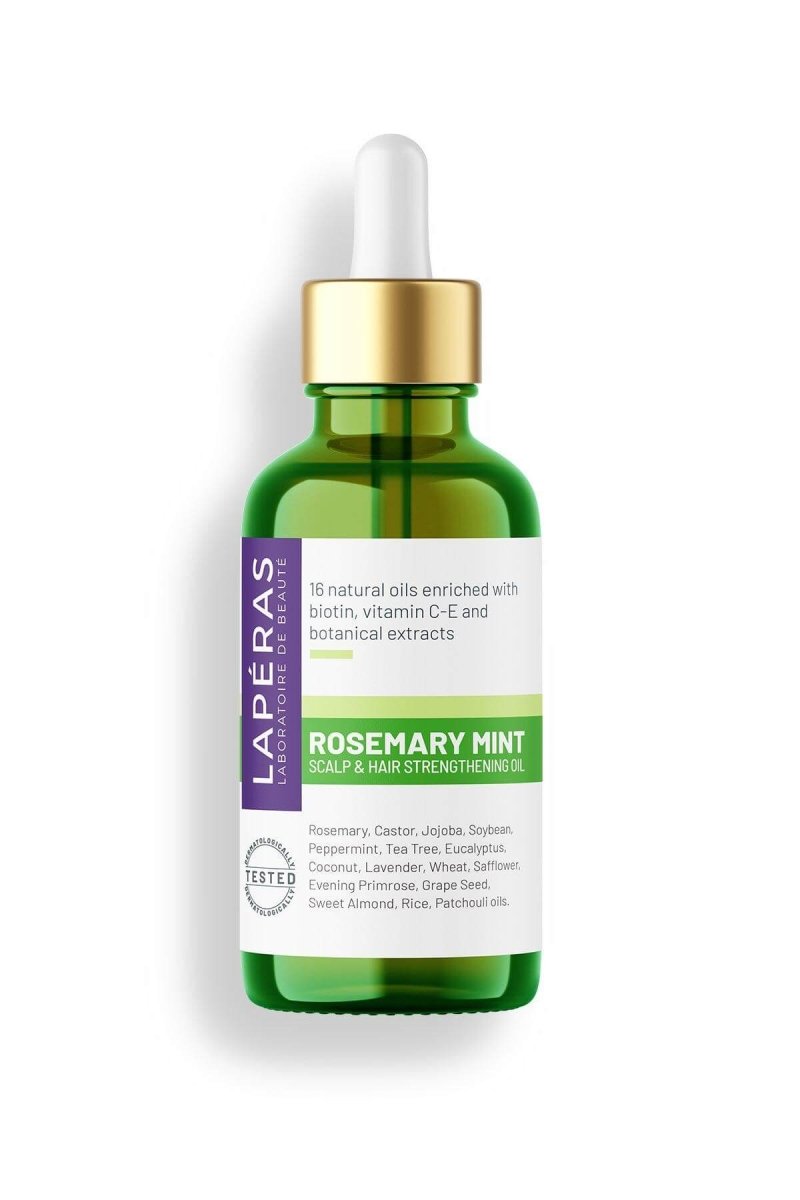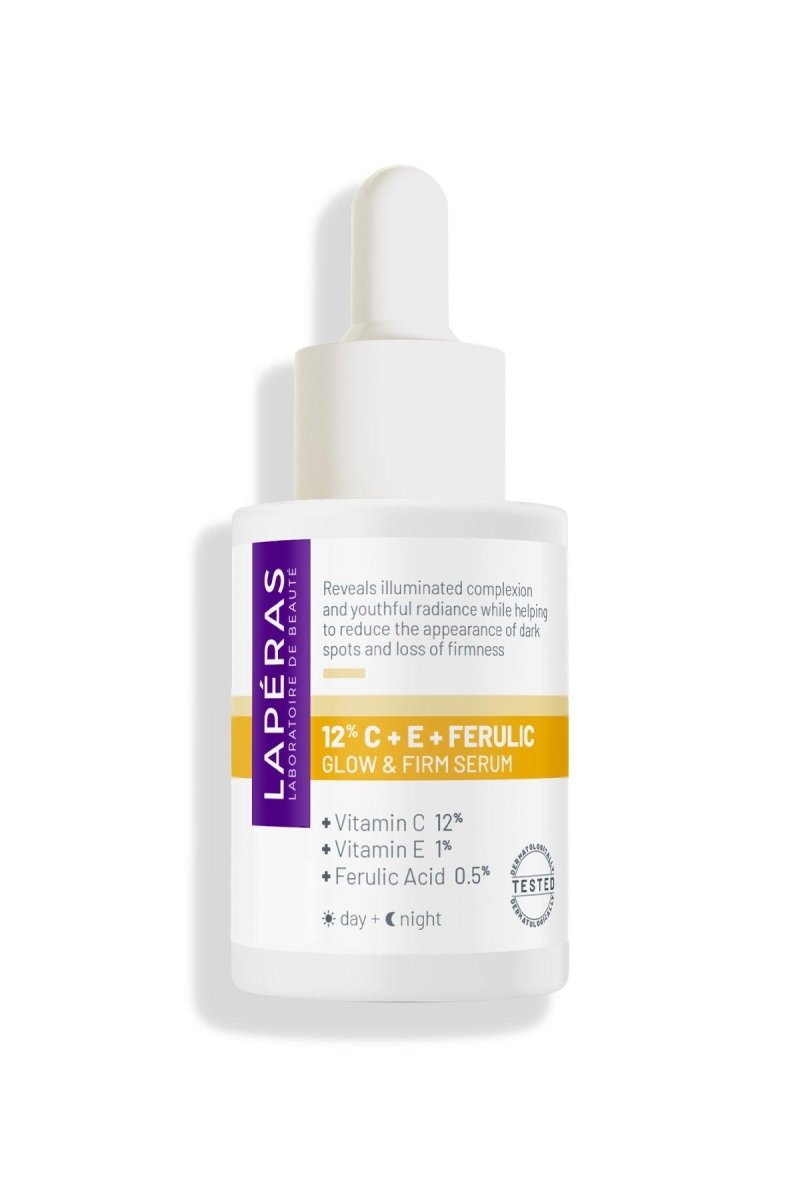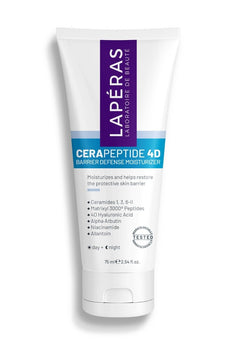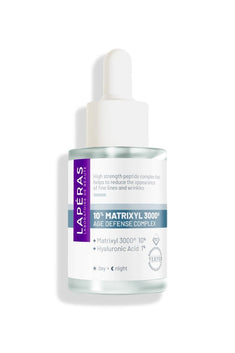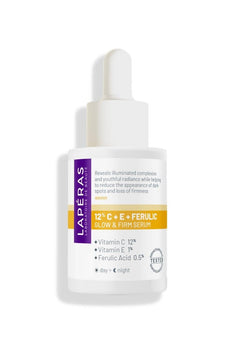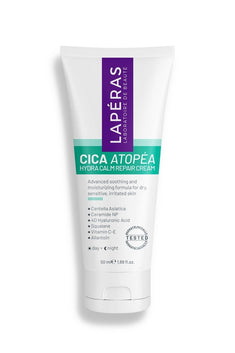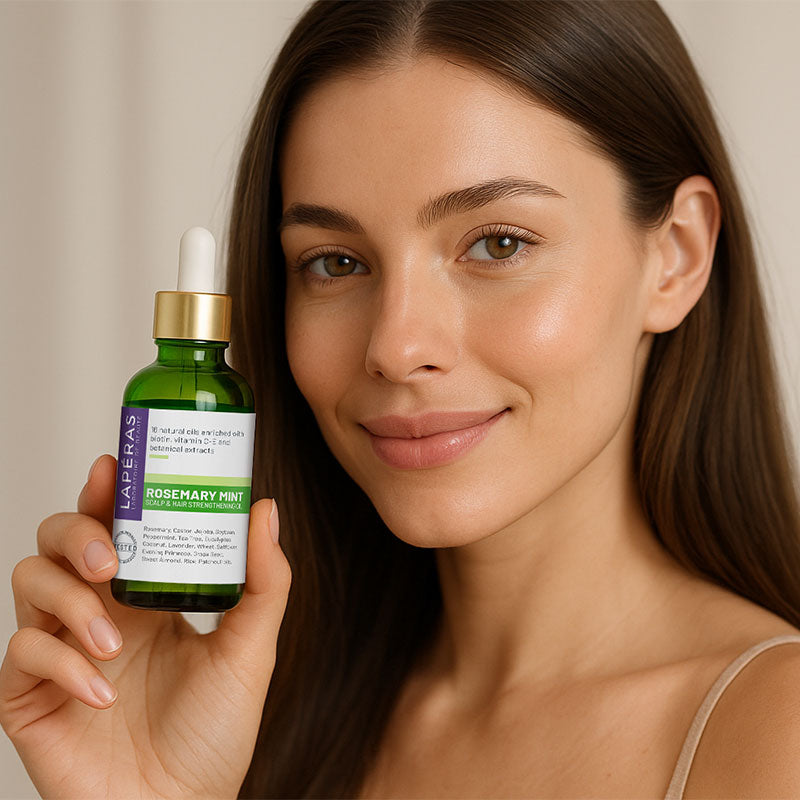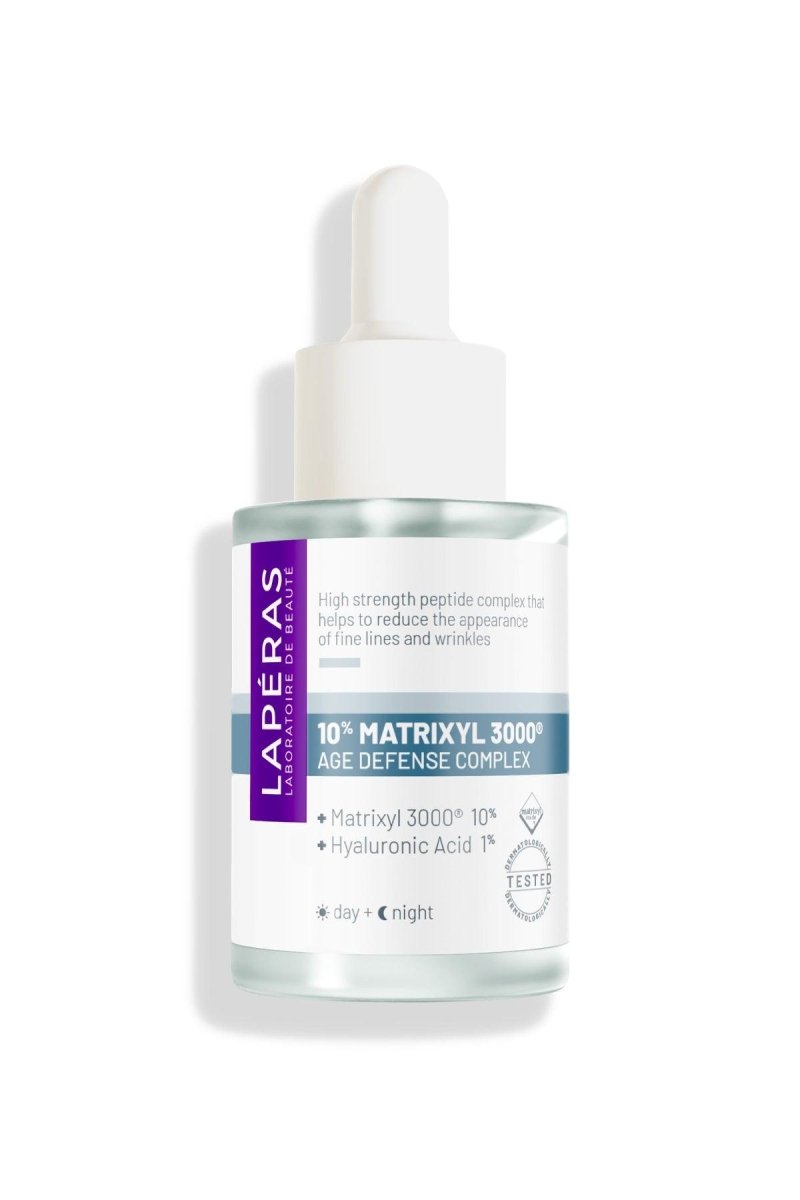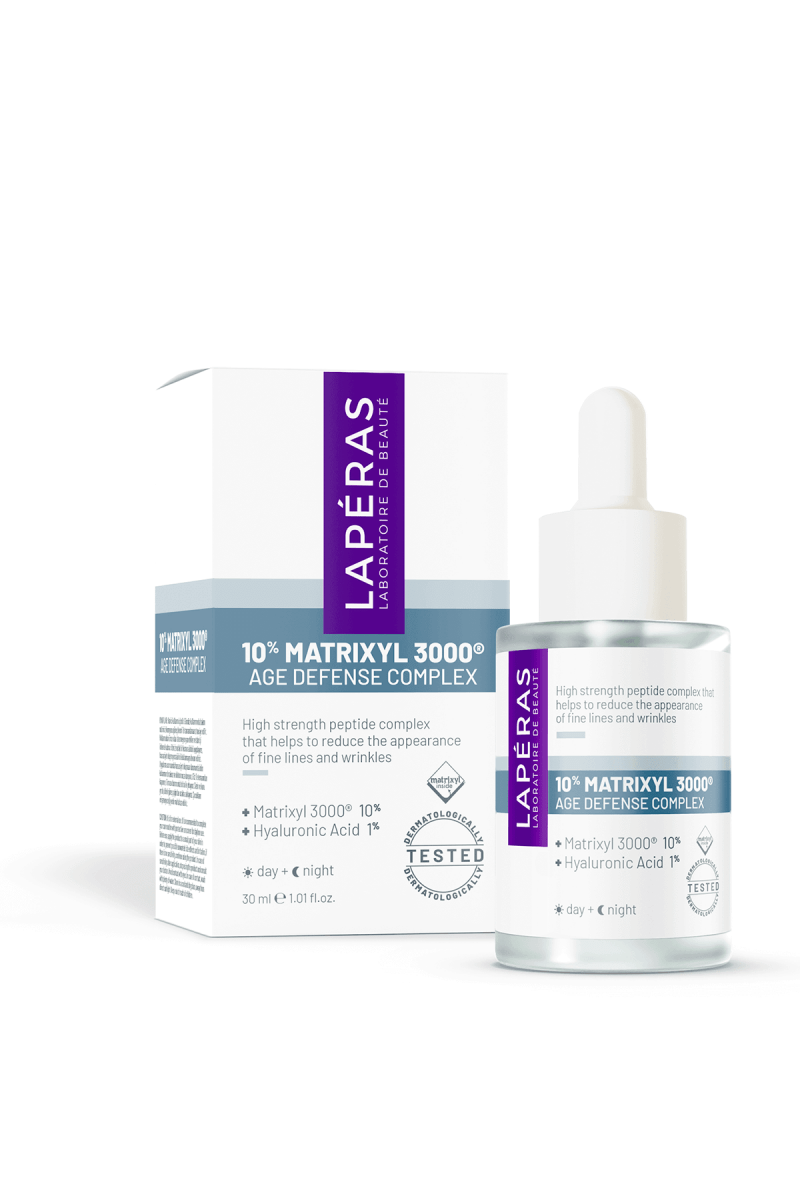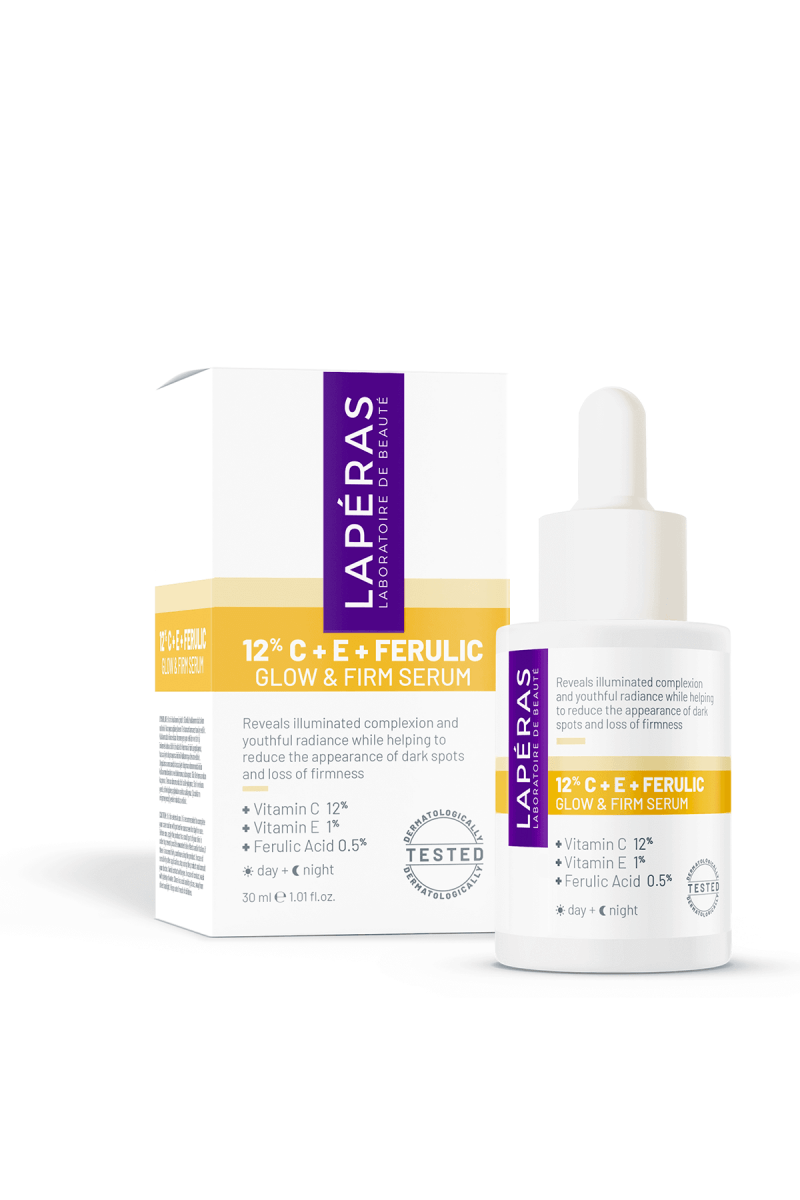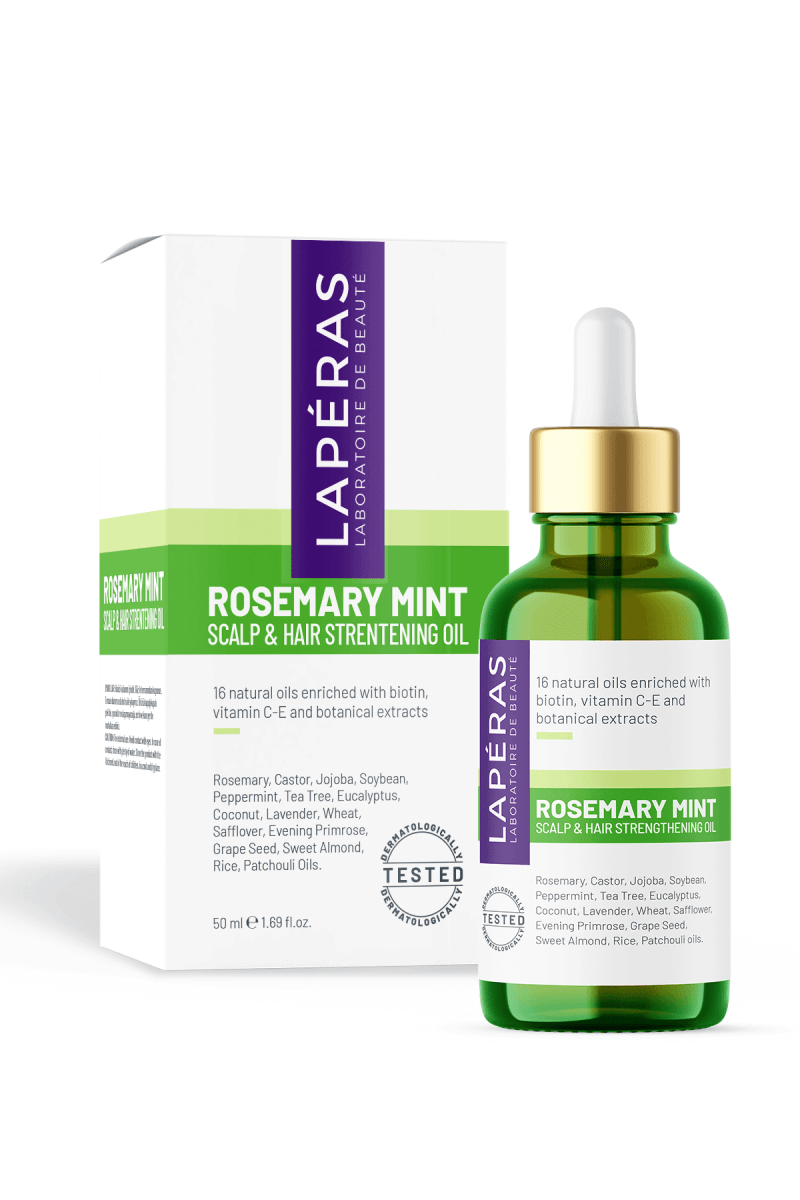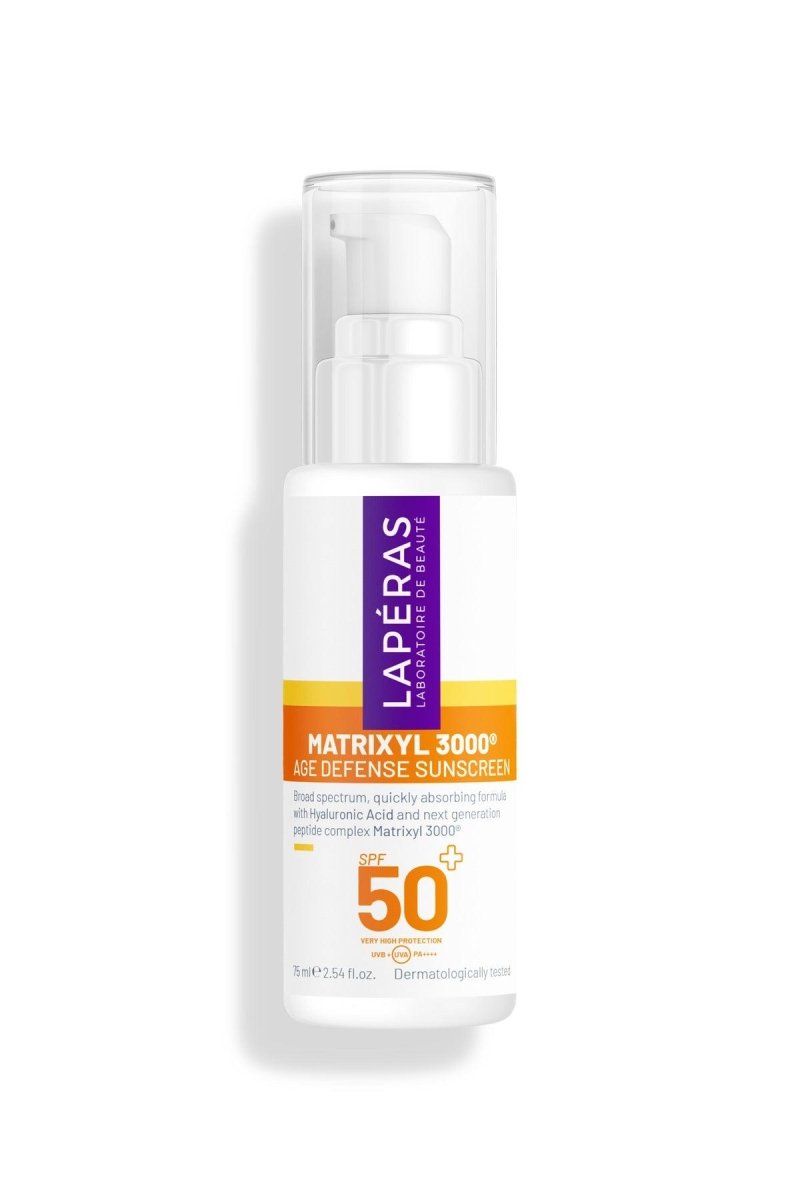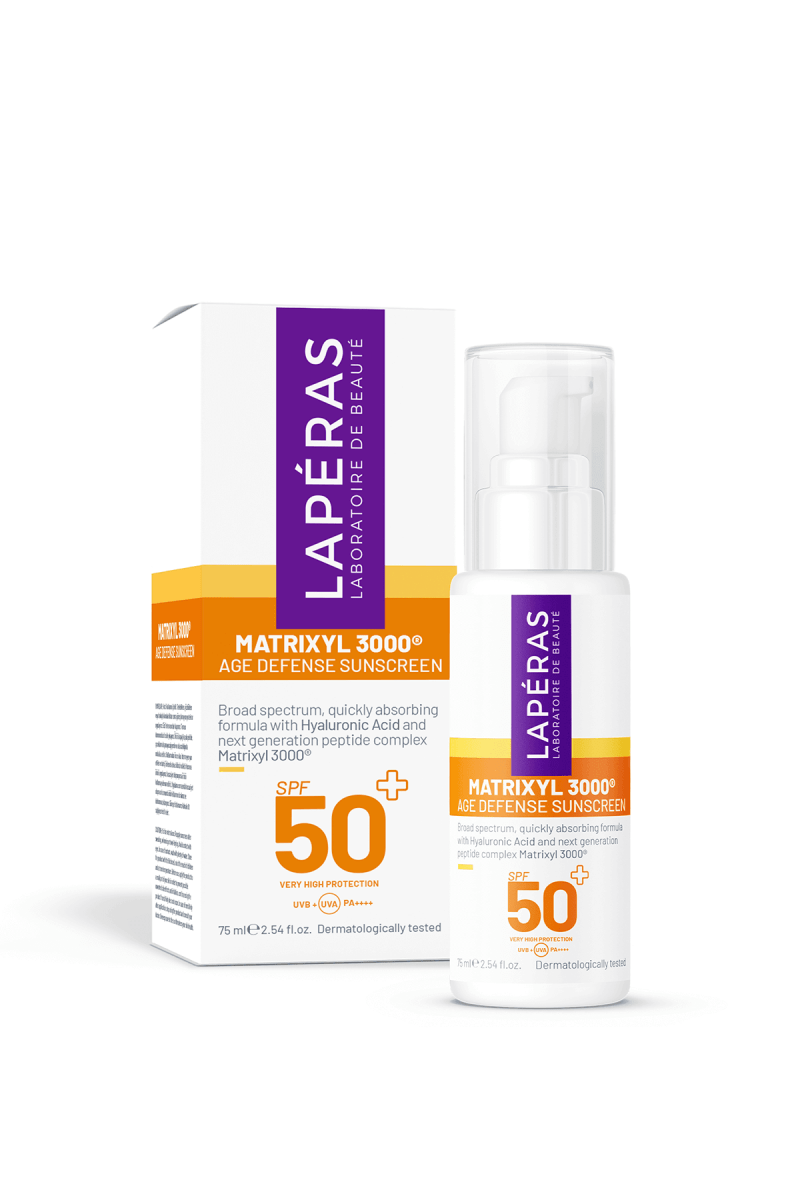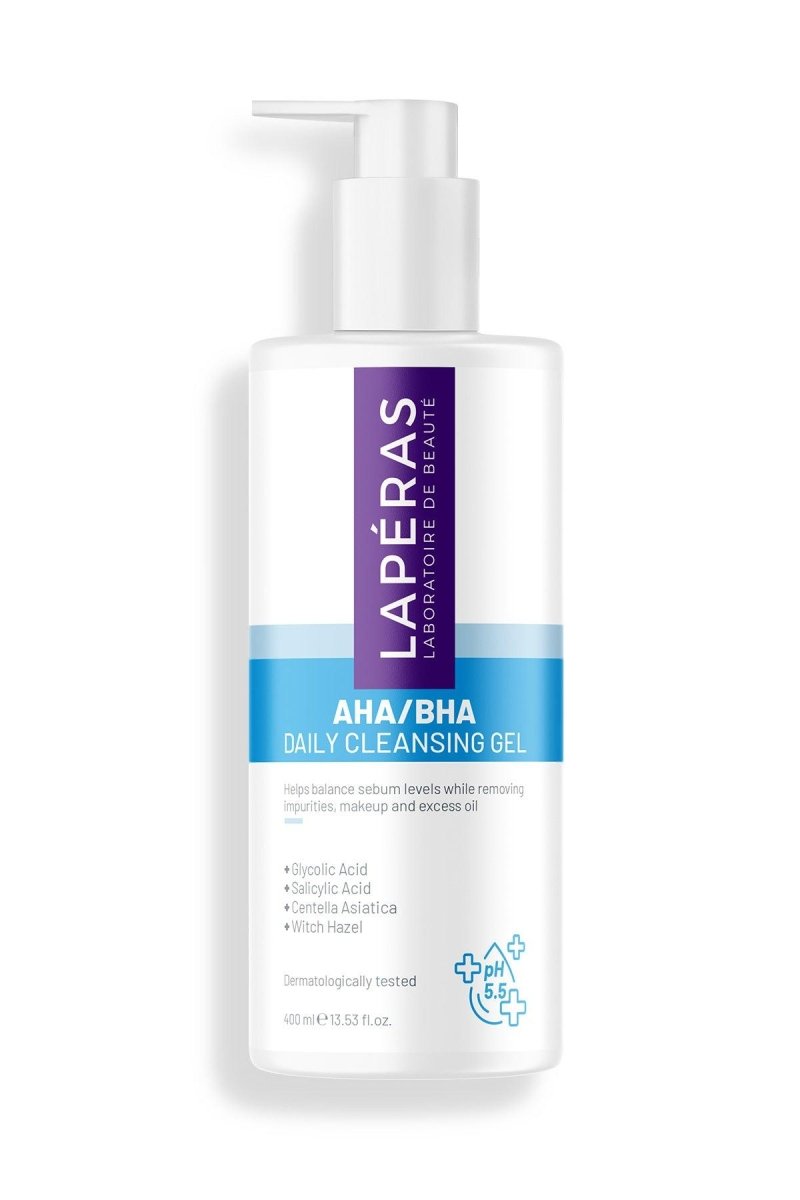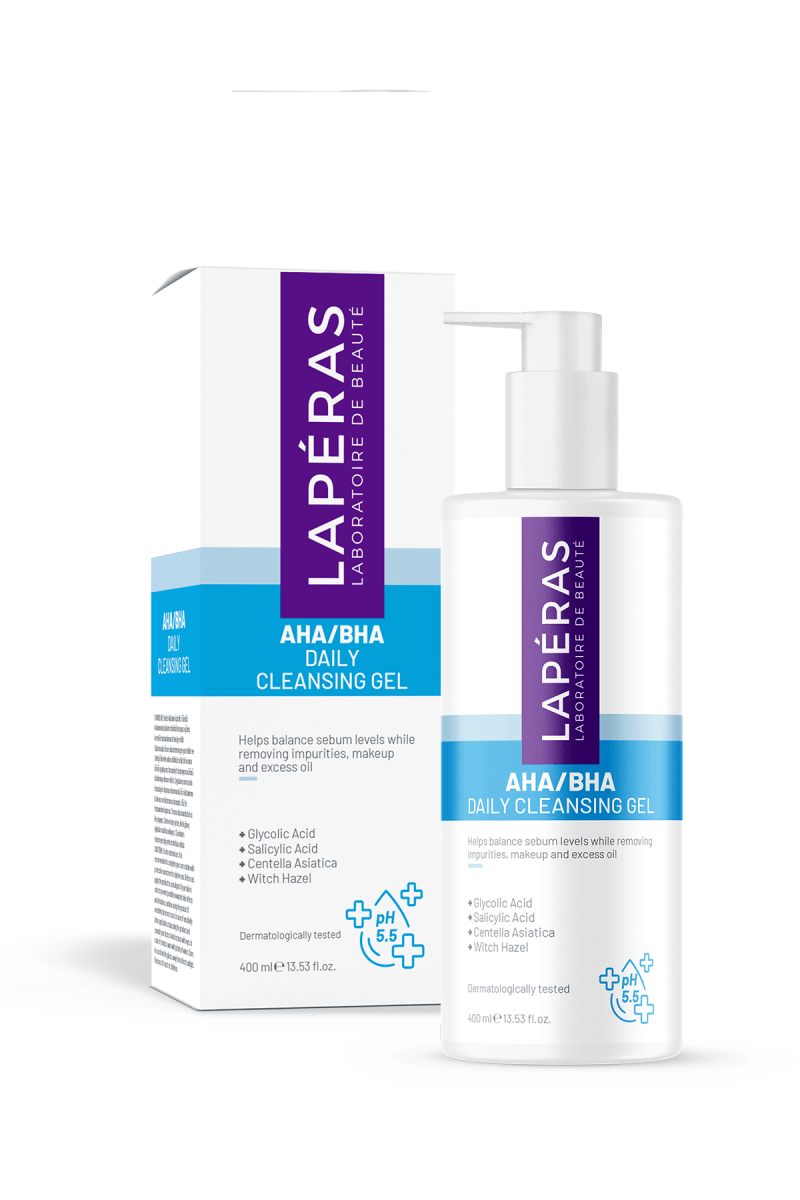What You Need to Know About Skin Blemishes
Skin spots are a common skin problem that many people encounter throughout their lives. Many factors such as sun exposure, hormonal changes, acne scars and aging can cause spots on the skin. In this article, we will discuss the causes, types and treatment methods of skin spots in detail.
Why Do Skin Blemishes Occur?
Skin spots are caused by imbalances in the skin's melanin production. Melanin is the pigment that gives color to the skin, and in some cases, spots can appear when produced in excess. Here are some of the most common causes:
- Sunlight: UV rays can trigger melanin production, causing sun spots.
- Hormonal Changes: Melasma, which occurs especially during pregnancy, is a result of hormonal changes.
- Acne Scars: The scars left after inflamed acne can darken over time.
- Aging: As the skin ages, dark spots called age spots may appear.
Types of Skin Blemishes
Not all skin spots are the same. There are different types and each should be treated differently.
1. Sunspots
They are dark spots that occur as a result of prolonged exposure to the sun. They are usually seen on the face, hands and décolleté area.
2. Melasma
It is a symmetrical, brown spot that appears after pregnancy, birth control pills or hormone treatments.
3. Postinflammatory Hyperpigmentation (PIH)
These are spots that occur after acne, wounds or skin inflammations.
4. Age Spots
These spots, which usually appear after the age of 40, are long-term effects of sun exposure.
Ways to Prevent Skin Blemishes
- Sunscreen Use: Broad-spectrum sunscreens with at least SPF 30 should be used.
- Regular Skin Care: You should cleanse and moisturize regularly with products suitable for your skin type.
- Peeling: Weekly chemical or physical peeling applications help remove dead cells.
- Antioxidant Use: Serums containing antioxidants such as vitamin C help even out skin tone.
Skin Spot Treatment Methods
1. Topical Products
Ingredients such as arbutin, niacinamide, vitamin C, kojic acid and azelaic acid can be used as stain lighteners.
2. Chemical Peeling
Dead cells on the skin surface are cleaned with alpha hydroxy acid (AHA) or beta hydroxy acid (BHA) based peelings.
3. Laser Treatment
For deeper spots, laser treatments applied by dermatologists can provide effective results.
4. Microdermabrasion
This process, which is done by slightly abrading the skin surface, helps to equalize the skin tone.
Natural Solutions That Can Be Applied At Home
Some natural solutions can also be tried against skin blemishes. However, the effects of these methods may vary from person to person.
- Lemon Juice: Rich in vitamin C, it can have a spot-lightening effect. (Should not be applied before sun exposure.)
- Aloe Vera: Known for its skin-regenerating effect and can reduce the appearance of blemishes.
- Honey and Yogurt Mask: Balances skin tone and creates a natural peeling effect.
Frequently Asked Questions About Skin Blemishes
Do skin spots disappear completely?
Depending on the type of stain and skin type, there is a possibility that it will completely disappear. However, some stains may require long-term treatment.
Which ingredients are good for skin blemishes?
Ingredients such as vitamin C, niacinamide, retinol, arbutin and kojic acid are often preferred for skin blemishes.
Is it necessary to go to a dermatologist for spot treatment?
While there are effective methods that can be applied at home, dermatological support is recommended for stubborn or deep stains.
Conclusion
Skin blemishes can be aesthetically disturbing; however, with the right knowledge, regular care and appropriate products, the appearance of these blemishes can be greatly reduced. Protecting yourself from the sun, using products suitable for your skin type and seeking professional help when necessary will help you maintain your skin health.
For a healthier, more vibrant and even-toned skin, start reshaping your care routine against blemishes.
